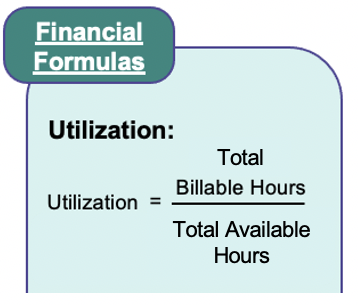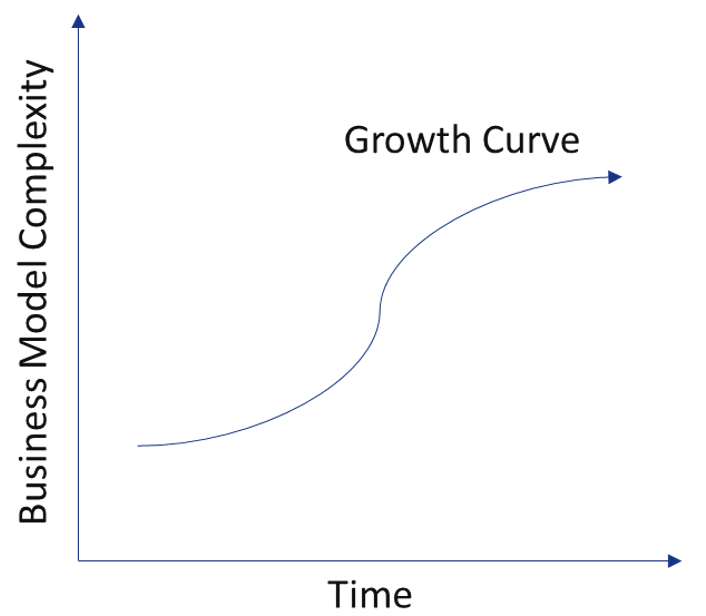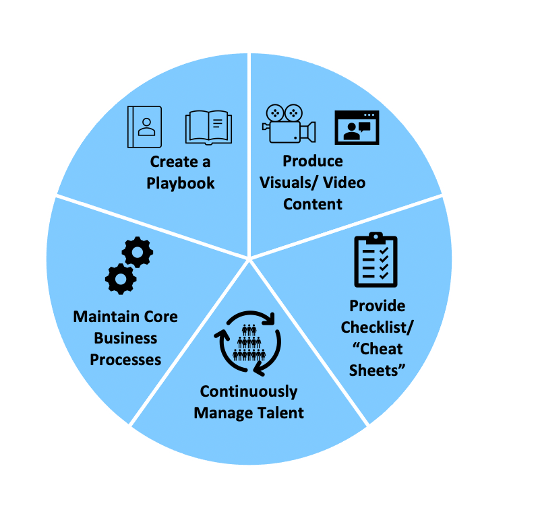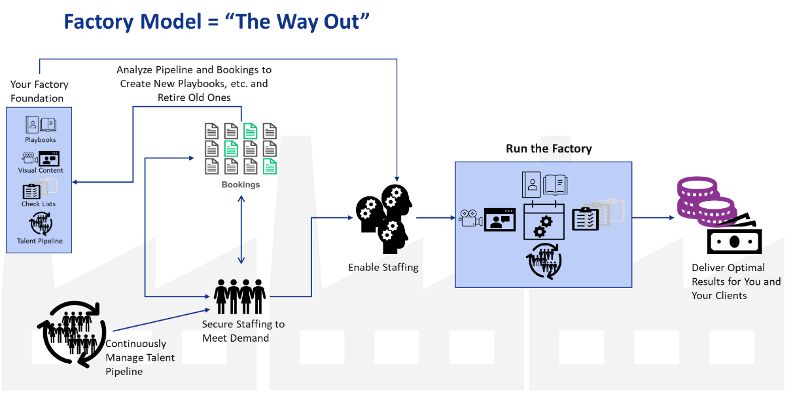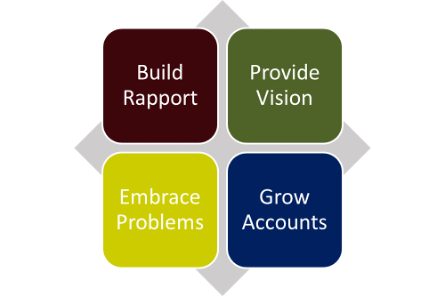We all dread receiving bad news, but sometimes it is even more challenging to be the one who must deliver bad news. Unfortunately, it’s a reality in many professional careers, especially consulting, and often we are ill-prepared for this responsibility. We tend to focus on the aftermath created by issues rather than addressing them proactively. So how can we best prepare to address issues and deliver bad news in an effective and productive manner? We believe that there are three periods of time in which bad news is delivered to clients. In the following paragraphs, we will discuss each of them and explain the opportunities they present and the challenges that must be considered in each.

Before Challenges Arise
Proactively identifying issues can be difficult but is achievable by foreseeing potential outcomes and closely observing unfolding situations. From here, you can forecast or identify problems and begin to develop your response to them. The earlier you communicate the bad news to a client, the better chance you have to stay ahead of it. This proactive approach puts you in a better position to explore various solutions, minimizes the impact of the situation, and could develop credibility with the client. After all, you are attempting to solve their problem.
As Challenges Arise
Of course, predicting future problems and communicating them in advance is not always possible. In these instances, it is best to deliver bad news as it happens. It is important to note that if the message is delivered to your client promptly, you will still have a chance to influence the outcome and to come up with a solution. While it may not result in the best-case scenario, you can still make a difference, which is surely to be appreciated by your client.
After Challenges Arise
Now, in most cases, you will likely be forced to deliver bad news after the fallout has already occurred. It’s crucial to be prepared and deliver the news to your client effectively and respectfully. Admittedly, this is the worst of the three scenarios, which is why a plan should be followed. When delivering bad news to a client, after it has occurred, we recommend keeping the following four considerations in mind.
- Be Empathetic – Empathy plays a vital role. Putting yourself in the shoes of your client and understanding the challenges that they face is essential. You should engage in active listening and acknowledge the concerns that they are expressing, as these are crucial elements of empathetic communication. If the bad news is a result of your own decisions or actions, taking ownership and being apologetic is paramount. This is not the time for excuses or blaming other, it is a time to apologize and show them that you care.
- Get to the Point – When delivering bad news to a client it is important to be direct and concise. Although it may feel uncomfortable, it is essential to strike a balance between being straightforward and empathetic. By efficiently relaying the information, you show respect for the situation at hand and the challenges that your client faces. This will be appreciated by your client because it will provide them with the necessary information to start building a plan of action, without wasting more time.
- Be Hopeful – Maintaining an optimistic and positive attitude is crucial to keeping everyone together. Even in situations where the news seems overwhelmingly negative, it is important to remember that there is always something you, and your client, can do to mitigate the impact of the problem. Keeping a positive mindset is foundational to exploring alternative solutions and finding ways to improve the situation.
- Provide a Solution – Providing a potential solution is paramount. While the solution may not fully resolve the problem or be ideal, offering a proactive approach demonstrates your commitment to addressing the issue. By taking ownership and presenting a solution, you can instill a sense of hope and confidence in the client and prove to them that they have your support.
Life consists of both good and bad news, and they both must be delivered. Delivering bad news is never enjoyable, but if it is delivered in a timely and effective manner, you can help mitigate the impending fallout. While you may not always be able to anticipate every situation, your approach to delivering bad news and ability to provide solutions can make a significant difference in managing the impact that is felt by your client.
Written by: Dean McMann
About the Author: Dean McMann is a Founding Partner at McMann & Ransford with 35+ years of experience in consulting and professional services. He is a sought-after expert and speaker on topics of: B2B differentiation, professional services best practices, and overcoming commoditization. In addition to his extensive experience in the Professional Services space, Dean also serves on the board of various non-profit organizations.
